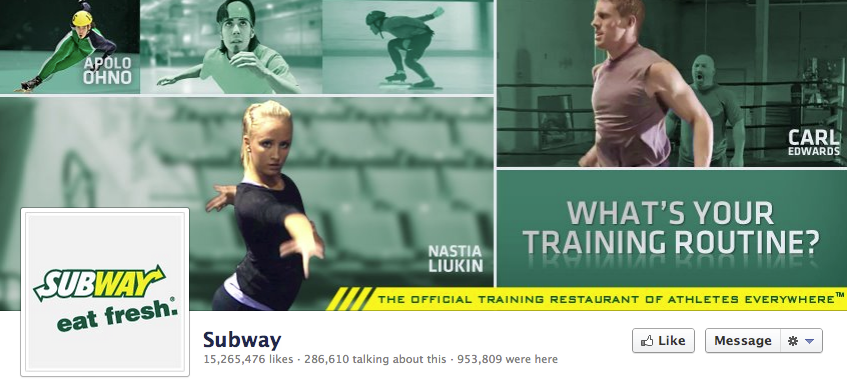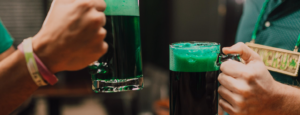With Olympic coverage in high gear, many brands seem to be part of the action—from NBC and Visa to P&G and Subway. However, there are only eleven worldwide Olympic partners and NBC, Subway and many other brands are not among them. But that has not stopped them from making a presence and gaining mindshare among shoppers watching the games.
Having Olympic ties (official or unofficial) is powerful. Personally, Subway’s ties to Apollo Ohno and other Olympians has reminded me to stop by my local Subway. And the heartfelt P&G ads remind me of the importance of the little things in life—from hugs to paper towels and batteries. As I follow the games this year I expect to see messages from the usual sponsors as well as many other “unofficial” ones. Why? Because this year the games go beyond the television set and become the “social games.” One in which athletes, fans and brands will be leveraging Facebook, Twitter and other social platforms to connect and follow the games.
So, how will brands choose to use social media? And will it affect shoppers?
Well, first of all, just because the social web is part of the mix does not mean every brand can talk about the Olympics the same way. The IOC has strict legal limitations and guidelines that prohibit the use of certain language and visual cues online (and off.) So, not surprisingly, many brands and retailers are continuing to post their typical, summer themed content. However, other brands, like Nike and Subway, are pushing the envelope by buzzing sports related mottos (e.g., #gameonworld), support and images on the social web.
Does this type of buzz and athlete support also help promote the affiliated brands? Likely, yes. That is what makes this year’s Olympic buzz so unpredictable. The social web is a dynamic and ever changing space shaped by its users. It will be interesting to see not only how brands use social platforms throughout the games but also if and how shoppers react to possibly rising levels of brand participation and social buzz. Will this increase their basket size? Trigger impulse or new product purchases? Or cause them to change brand preferences? And furthermore, will this behavior be sustained after the excitement and the commercials have subsided?


